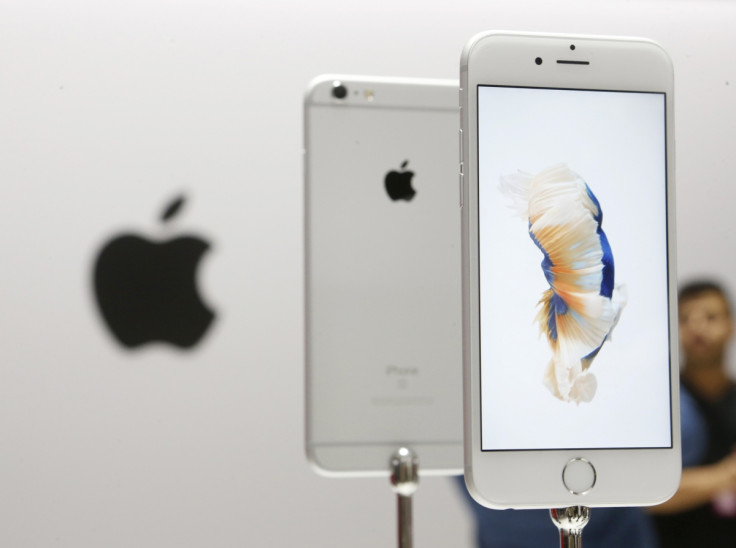Apple iPhone 7s to come with OLED display in 2017, reports claim

Apple is bringing forward its plans for OLED display technology in order to get it into the iPhone 7s in time for 2017, reports claim. The move sees Apple ditching its long-standing LCD panels to bring its displays into the same league as OLED-touting rivals.
While news that Apple is eyeing a move to OLED – or organic light-emitting diode – screens has been doing the rounds for some time, previous reports suggested that the iPhone-maker wouldn't make the jump until 2018. However, Chinese news site Nikkei claims that it is now looking to make the switch sooner than expected.
Such a move would make sense, given that the iPhone has been lagging behind high-end Android rivals for some time when it comes to display technology. Not only are OLED displays brighter than LCDs, but they are also more power-efficient and allow for devices with slimmer profiles. With the iPhone 7 due in September, it would be unfeasible for Apple to try to get OLED panels into its upcoming model. By leaving it until the iPhone 7s, Apple will be offering customers that little bit extra incentive to upgrade.
According to 9to5Mac, Apple is close to shaking hands with display-makers LG and Samsung in order to get its OLED iPhone to market on time, in a deal worth $12bn (£8.5bn, €11bn). The company has also set up a production line in Taiwan where it is thought to be developing display technology for its devices.
In terms of what we're expecting to see in the iPhone 7, popular reports include claims that Apple is ditching the traditional 3.5mm jack and will instead ship the device with Lightning-compatible ear pods. We also know that Samsung has been dropped as the chipset manufacturer for the next iPhone, with the task instead being entrusted to Taiwanese company TSMC. We may also see a slimmer design and an end to the physical home button, although this remains speculation for the time being.
In a nutshell: LCD vs OLED – what's the difference?
LCDs or liquid crystal displays contain a liquid crystal solution that is backlit to produce an on-screen image. Each crystal acts a bit like a shutter that either blocks light or allows it to pass through when an electric current passes through it. However, because the backlight illuminates pixels en masse, LCDs can suffer from weaker blacks and poorer contrast ratios due to the backlight showing through.
Organic light-emitting diode (OLED) displays, on the other hand, are formed by an arrangement of individually-lit LEDs. With each pixel providing its own light source instead of relying on a backlight, OLED displays offer superior contrast, colour accuracy and brightness levels that most LCDs.
Don't confuse LED with OLED displays, however: the former is usually just an LCD that's backlit by LEDs, while the latter is a different set-up entirely.
© Copyright IBTimes 2025. All rights reserved.






















